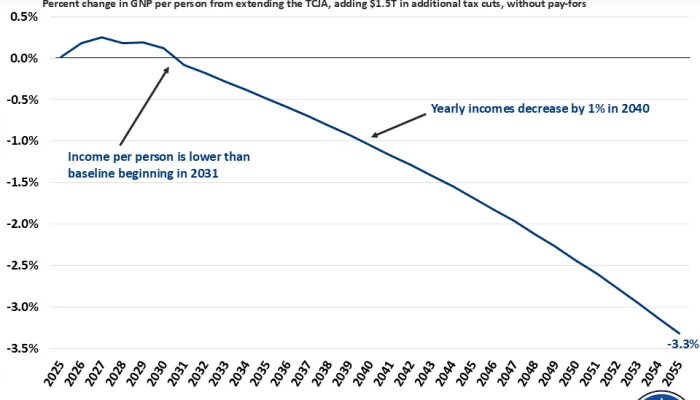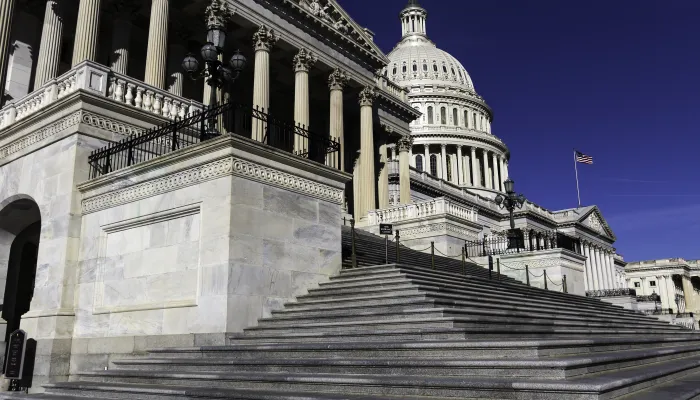The Cyclical Economic Effects on the Deficit
In a letter to Rep. Chris Van Hollen (D-MD), the ranking member of the House Budget Committee, CBO Director Douglas Elmendorf estimates the cyclical economic effects due to a slowed economy on the size of the federal deficit. He finds that cyclical effects will contribute $340 billion to the deficit this fiscal year, which is roughly one third of the $973 billion (or 6.2 percent of GDP) deficit projected for FY 2012. Adjusting for these cyclical effects, the deficit as a percentage of GDP in 2012 would be around 2.2 percent lower, or about 4.0 percent of GDP.
This letter highlights two important facts about the U.S. deficit. The first is that the recession and continuing economic challenges are still having a significant effect on the deficit, accounting for nearly a third of the projected deficit in 2012. Secondly, there is still a larger structural deficit unconnected to the economic downturn that makes up the other two thirds of the projected deficit. Structural contributors to the deficit are unconnected to cyclical swings and therefore would remain even if the economy were operating at full capacity. Perhaps the interplay between these two conclusions was summed up best by CRFB senior advisor Ed Lorenzen in an article in the National Journal (subscription required):
“Obviously part of the point is to show that stronger economic growth would make the deficit outlook look better, but it also shows that even if the economy were operating at full potential, which we’re a long way away from, we’d still have a structural deficit. It’s still a substantial problem; it’s going to take tough choices beyond economic growth to solve the problem.”
Given that real GDP is expected to grow by 3.8 percent during the 2011 calendar year, the projected 4 percent deficit for FY 2012 should be troubling since it indicates that our debt as a share of GDP isn't getting any smaller. With the numerator, or debt, roughly increasing by 4 percent (in the absence of cyclical effects) and the denominator, or GDP, in debt-to-GDP calculations growing by 3.8 percent, we can see that debt would have continued on an upward path this year even if the economy were operating at full potential. This should serve as another wake-up call for lawmakers to enact a fiscal plan.
These findings underscore the need for a fiscal plan to be phased-in gradually in order to give the economy time to recover. In fact, one of the best ways to buy more time for the recovery is a "Go Big" approach to debt reduction, which could allow more upfront fiscal space for the economic recovery while giving markets confidence about our medium and long-term projections. The letter to Congressman Van Hollen also underscores the need for a "Go Big" approach to deficit reduction in order to tackle the largest structural contributors to yearly deficits--namely, entitlement programs and a tax code in dire need of reforms.


